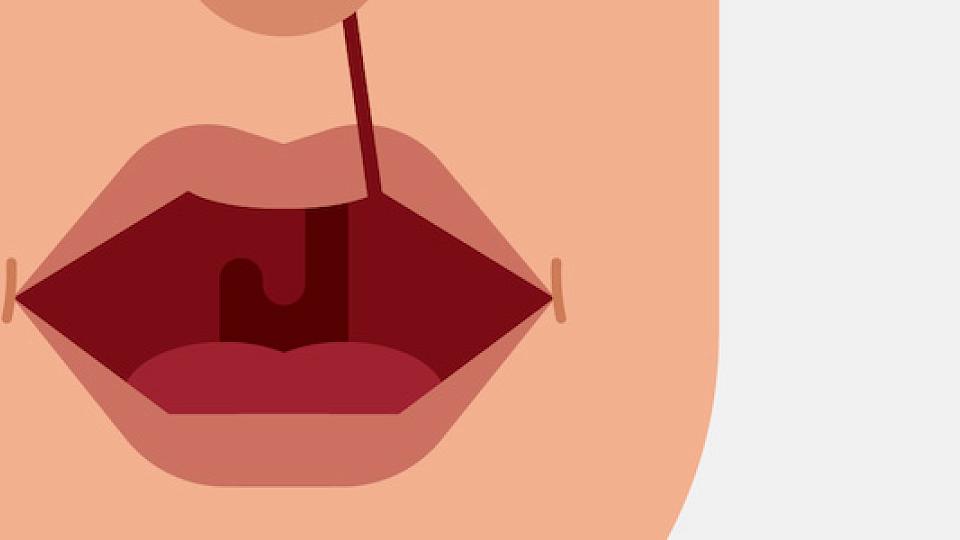
Living With Mild Pectus Excavatum
If you’ve noticed that your child’s chest looks slightly sunken or caved in, they might have a type of chest wall deformity called pectus excavatum, also sometimes referred to as “funnel chest.” While it may be alarming to have your child diagnosed with a chest wall deformity, there’s no need to panic. Mild cases of pectus excavatum may cause some physical symptoms and self-esteem issues but aren’t dangerous, even if left untreated.
“If you have a mild case and it doesn’t bother you substantially, you can absolutely live a normal life without doing anything about it,” says Katie Russell, MD, a pediatric surgeon at University of Utah Health and Trauma Medical Director at Intermountain Primary Children’s Hospital. “It’s very common, and we see it in about one in every 200 people.”
What Causes Pectus Excavatum?
With this condition, the sternum and several ribs grow abnormally in an inward direction, which can cause a visibly noticeable dent—almost like there is a bowl in the middle of their chest.
Researchers haven’t pinpointed a specific cause but suspect a genetic link, as about 40-53% of people with the condition also have a family member who has it.
Pectus excavatum is congenital, meaning someone is born with it. However, mild cases may not become apparent until puberty, and doctors are usually able to diagnose it just by looking at it. The condition affects boys five times more often than girls.
“We don’t know exactly why, but it does happen more commonly in males than females,” Russell says. “But we think that it’s an overgrowth of cartilage that happens during a developmental growth spurt.”
It also occurs more frequently in people who have the following conditions:
- Marfan syndrome
- Ehlers-Danlos syndrome
- Osteogenesis imperfecta
- Noonan syndrome
- Turner syndrome
- Scoliosis
Signs and Symptoms
For people with a mild case of pectus excavatum, the only symptom may be a slight dent in their chest. Some people might experience shortness of breath or intermittent pain.
It is possible for the dent to worsen as the person continues to grow, which can cause the breastbone to compress the lungs and heart. If that happens, they may experience the following symptoms:
- Shortness of breath, especially when exercising
- Dizziness
- Chest pain
- Fatigue
- Rapid heartbeat or heart palpitations
- Heart murmur
- Frequent respiratory infections
However, it’s important not to dismiss the fact that even mild cases may cause self-esteem issues. Some kids experience psychological symptoms about their appearance, such as social anxiety, and may need support to work through it.
“For some, it can be a really big deal in terms of body image,” Russell says. “Some people are bullied or develop conditions like depression because of how their chest looks.”
If your child is struggling with body image issues about their pectus excavatum, first and foremost, be a good listener and offer them your support to validate their feelings. If they’re in significant distress over their appearance, seeking out a qualified mental health specialist can help them learn how to cope.
Treatment for Mild Cases
Many people choose to not treat their pectus excavatum and live totally normal lives with no related health issues.
If your condition is mild and you do choose to treat it, you have a couple of non-surgical options.
- Vacuum bell therapy: A vacuum bell is essentially a very large suction cup that that you wear on the front of the chest for several hours each day. It’s attached to a pump that creates suction and pulls the breastbone forward.
- Physical therapy: While physical therapy won’t cure pectus excavatum, it can help you improve posture, strength, and mobility. Maintaining good posture and upper body strength can help prevent your condition from worsening.
If you or your child receives a diagnosis of mild pectus excavatum, don’t stress. Non-surgical options can help their condition if they need it, but they can live a healthy and full life with it untreated.




